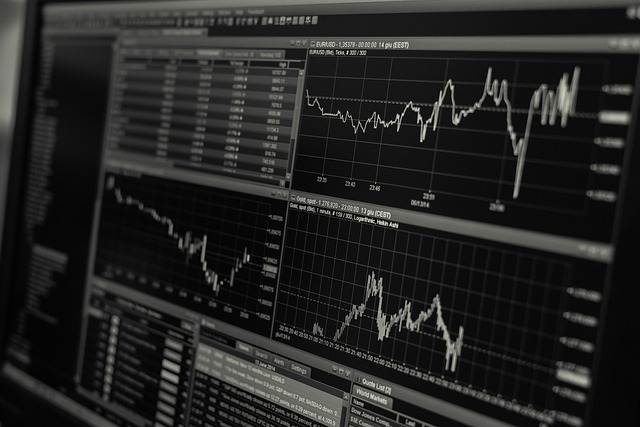Stock Trading: Strategies, Risk, Technology, and Market Drivers
Stock trading involves buying and selling shares to seek returns from price movements, dividends, or a combination of both. Traders and investors operate across time horizons from minutes to years, and successful participation requires understanding market drivers, risk management, and portfolio construction. This article examines how sector forces such as energy, emerging technologies like quantum computing, and core practices like diversification influence trading decisions and growth expectations while keeping an eye on measurable risks and practical considerations for investors and traders worldwide.

How does energy sector influence stock trading?
The energy sector often drives broad market sentiment because it affects costs, supply chains, and consumer spending. Changes in oil and gas prices can shift earnings expectations for transportation, manufacturing, and utility companies, and renewable energy developments can reprice long-term prospects for traditional producers. Traders watching energy-related announcements and policy moves may adjust positions in related equities or ETFs. For investors, sector exposure should be considered alongside macroeconomic factors—energy volatility can create trading opportunities but also amplify portfolio swings.
What could quantum computing change in trading?
Quantum computing is an emerging technology under research and early commercial exploration that targets certain computational problems more efficiently than classical computers. In trading, potential applications include optimization of large portfolios, faster scenario analysis, and improvements in complex risk modeling. At present, practical quantum solutions for mainstream trading remain at an experimental stage; some firms and research groups are testing algorithms on quantum hardware or hybrid systems. Traders should view quantum computing as a developing tool that may inform future analytics rather than a currently proven advantage.
How does diversification reduce portfolio risk?
Diversification spreads exposure across assets, sectors, and geographies to lower the impact of any single loss on the overall portfolio. By combining equities from different industries—for example, technology, healthcare, and energy—investors reduce correlation risk: not all sectors move the same way in a given scenario. Diversification can include asset classes (stocks, bonds, commodities) and strategies (long, short, hedged). While it cannot eliminate systemic market risk, disciplined diversification is a widely accepted method to manage idiosyncratic risk and to pursue smoother long-term growth.
How to assess and manage trading risk?
Risk assessment begins with identifying the types of risk you face: market, liquidity, credit, and operational risks, among others. Traders use position sizing, stop-loss orders, volatility measures (like beta or standard deviation), and scenario analysis to quantify potential losses. Regular review of margin requirements, broker reliability, and access to liquidity—whether through online platforms or local services—helps manage execution and counterparty risks. Consistent record-keeping, limits on leverage, and clear exit rules are practical steps that align behavior with a defined risk tolerance.
What role does growth play in stock selection?
Growth prospects shape valuation and investor expectations: companies with higher expected earnings growth often trade at premium multiples, reflecting future cash-flow potential. Growth can come from expanding markets, innovation, cost efficiencies, or sector shifts such as transitions to cleaner energy sources. Investors balance growth expectations with valuation discipline—paying too much for projected growth increases the risk of price disappointment. For traders, short-term momentum around growth announcements may offer opportunities, while long-term investors focus on sustainable growth drivers and competitive advantage.
Conclusion
Stock trading sits at the intersection of market fundamentals, technology, and disciplined risk management. Sector dynamics like energy developments and advancing technologies such as quantum computing influence analysis and strategy, though technological benefits for trading remain emergent. Core practices — diversification, rigorous risk assessment, and realistic growth appraisal — help participants navigate volatility and align positions with financial objectives. Whether trading frequently or investing for the long term, grounding decisions in measurable data and consistent processes supports more informed outcomes.






